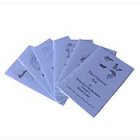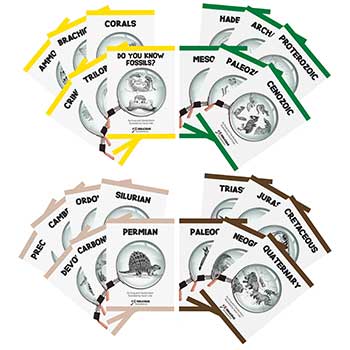Sign up for Lesson Plans, discounts & more!
Convergent Plates Lesson Plan:
Mountain Building and Subduction
The Convergent Plates Lesson Plan demonstrates what happens when tectonic plates are crashing into each other and explains Mountain Building and Subduction.
Direct Aims:
- To understand what happens when tectonic plates converge
- To observe landforms that have occurred from convergence Materials:
- For Telephone Book Demonstration: Two phone books for each pair of students
- For Cookie Subduction Model: Enough sandwich-style cookies to have one for each student Lesson: (Note: Italicized words are suggestions for language to use during the lesson.) When the plates of the earth’ s surface collide two things can happen:
- The layers push against each other. Folds occur or mountains rise up. Demonstration: Telephone Book Mountains Place two phone books on a table with pages facing Push the phone books together (convergence) Observe what happens to the pages. Compare this to mountain building at convergent boundaries.
- One layer, the heavier of the two, goes under the other. This is called subduction. The layer that goes under gets very hot because it is closer to the hot center of the earth. Pockets of magma may get pushed up and the hot magma can have an effect on the rocks that are going under the top layer. Demonstration: Cookie Subduction Model (Note: this could be done in a separate lesson about subduction.) Take apart a sandwich-style cookie with a cream center. Using the half that has the cream on top, put the cookie just under your two front teeth. Your front teeth represent one tectonic plate and the cookie represents the other. Slowly push the cookie toward the inside of your mouth, while the cream filling is jammed up against your front teeth. Have a friend tell you what is happening to the filling. (It is folding up against your teeth while the cookie is being subducted below.
Explanation for the Teacher/Science behind the work:
When two plates crash together it is called a convergent boundary. Because plates only move a few centimeters each year, collisions are slow and last for millions of years.
Oceanic plates tend to be heavier than continental plates. Therefore, when an oceanic plate converges with a continental plate, the oceanic plate tends to be forced under the continental plate, or subducted under the continental plate. When a plate is subducted, a trench occurs as one plate dives below another. The rock in this plate melts as it approaches the depths of the mantle. Earthquakes occur. Volcanoes form to release the molten rock to the surface.
Statement: When plates converge, mountains and trenches form. Earthquakes occur in these areas as the plates move together. Subducted plates melt and the molten rock is released to the surface through volcanoes.
Check out some of the Educational Materials for sale on our sister site fossilicious.com.

interested in more? If so, you may want to check out our other sites:
fossilicious.com - Our online fossil and mineral rock shop.
rocksandminerals4u.com - An educational site about rocks, minerals, and geology.
Geologic Time Geologic Time Line
Cenozoic Era
Quaternary
Neogene
Paleogene
Mesozoic Era
Cretaceous
Jurassic
Triassic
Paleozoic Era
Permian
Carboniferous
Devonian
Silurian
Ordovician
Cambrian
Archean Time
Hadean Time
Teachers Resources
Activities for Education and Fun
Earth Science Lesson Plans
Activities For Kids
Fossil Lesson Plans
Fossil Activities
Education Articles
Coloring Pages
Dinosaur Coloring Pages
Montessori Materials
Geology Club
Fossil Hunting
 |
 |
 |




